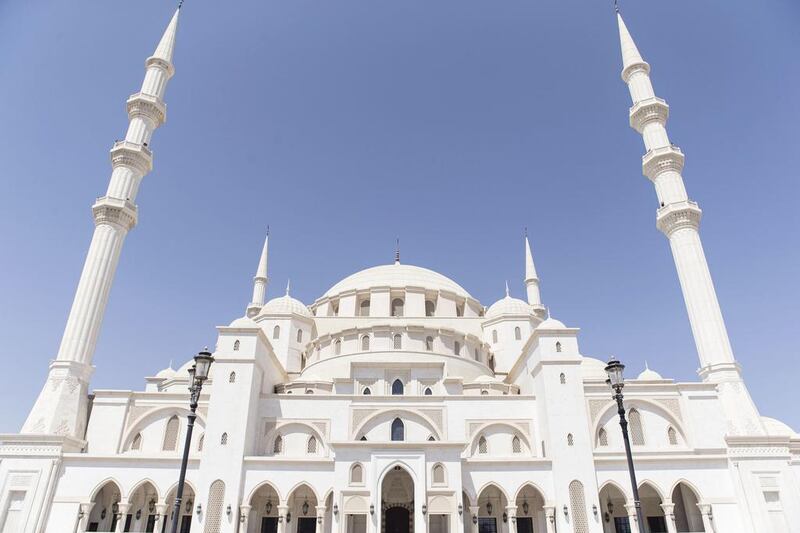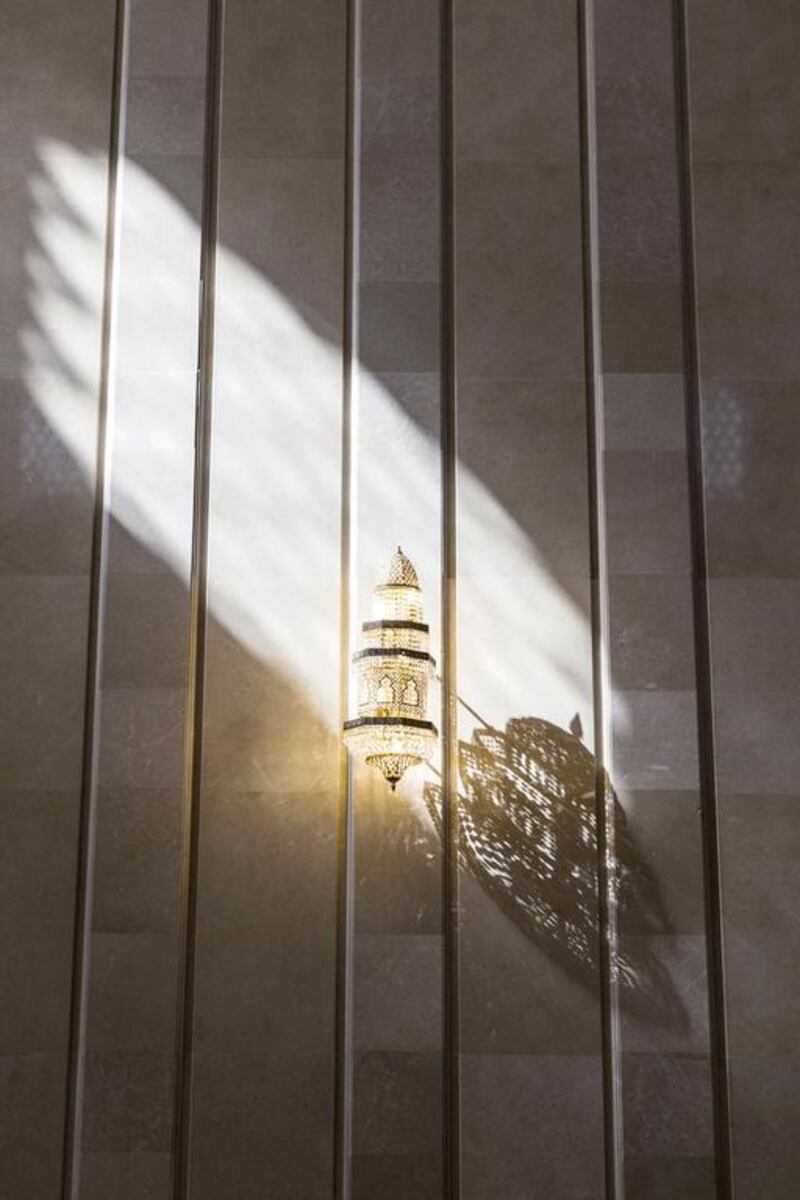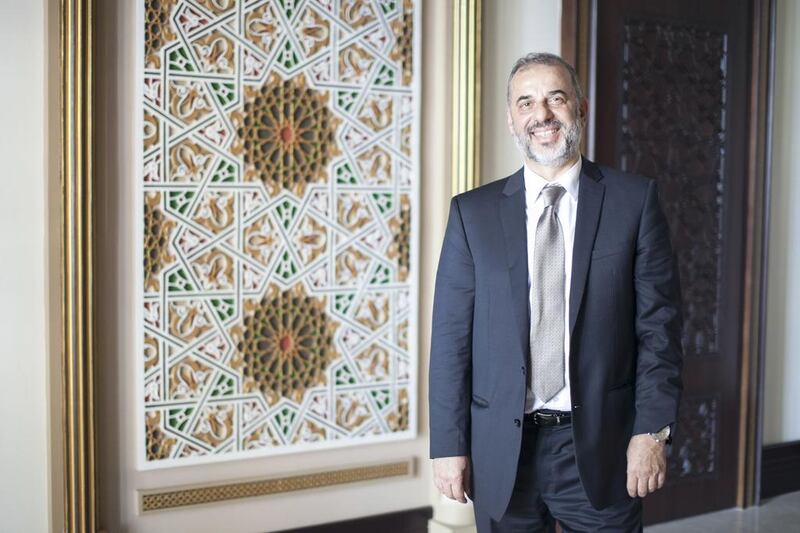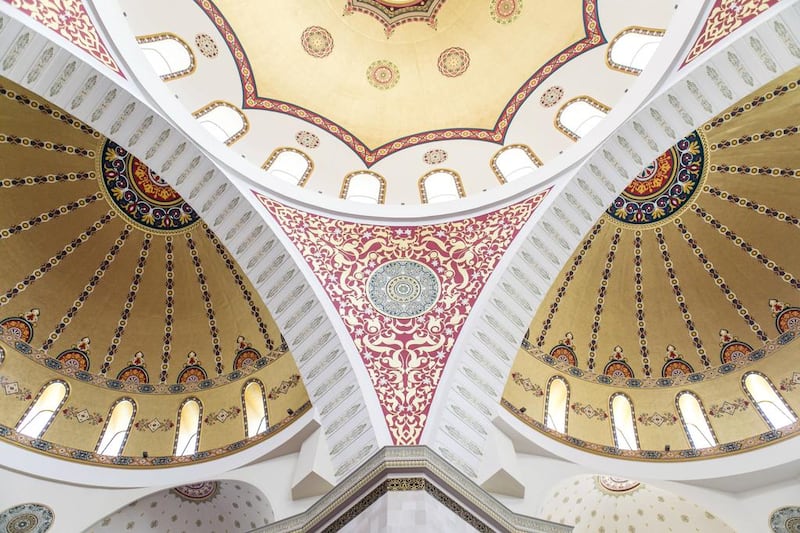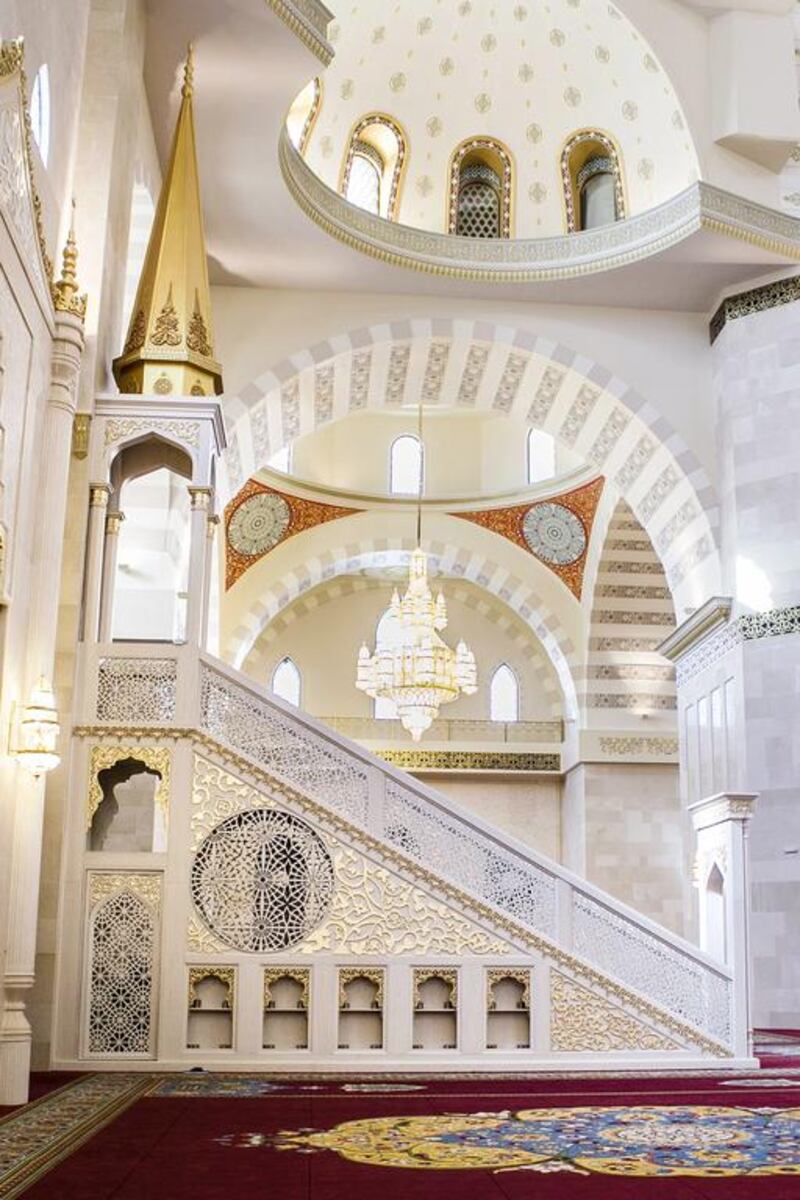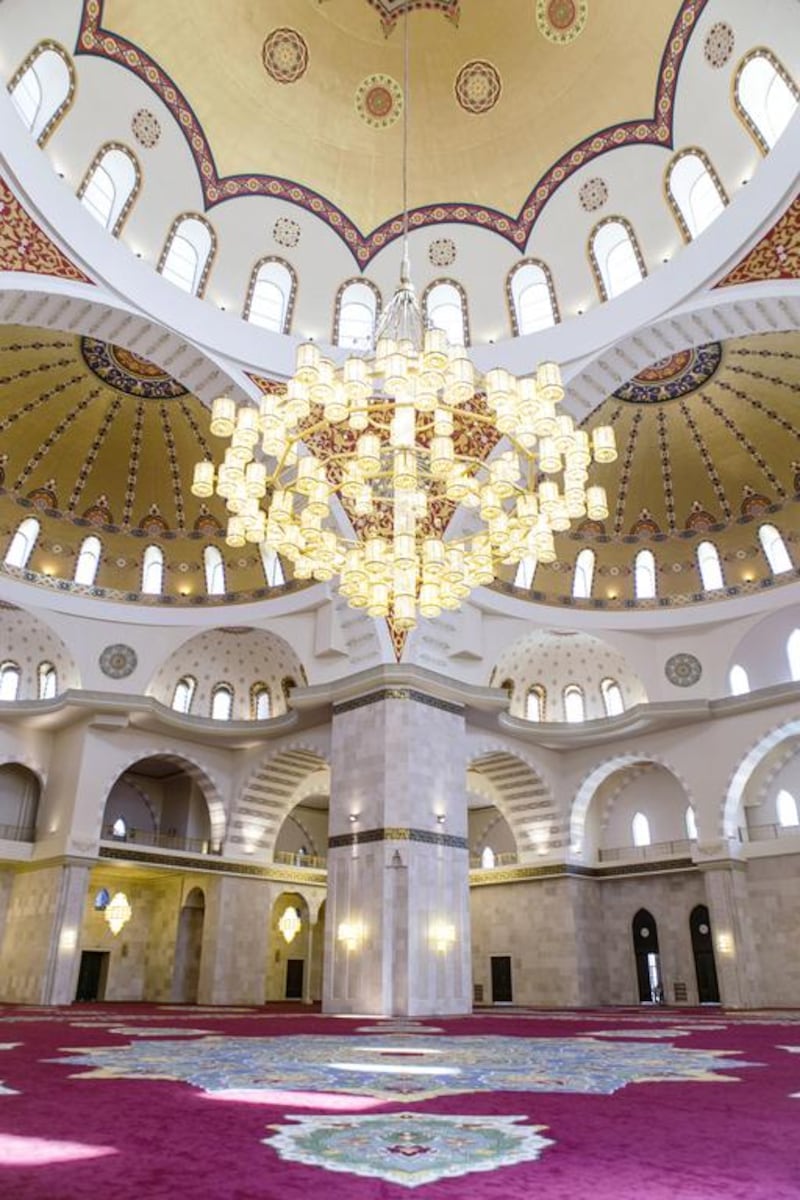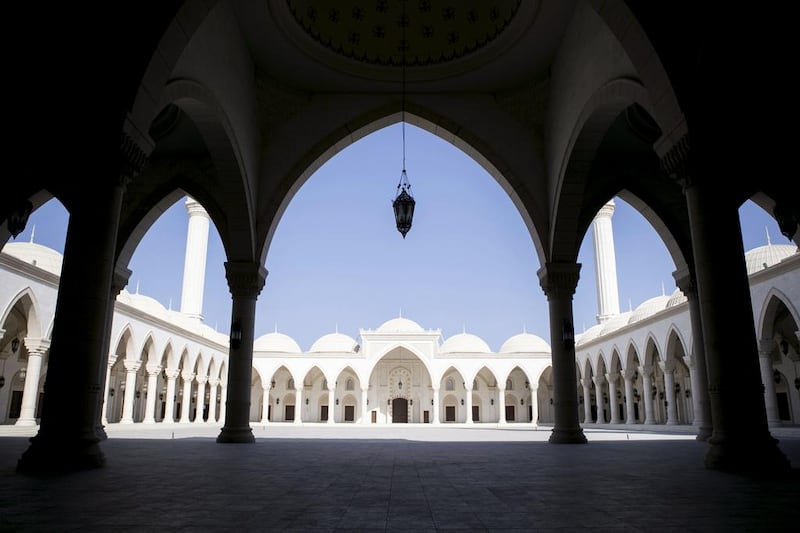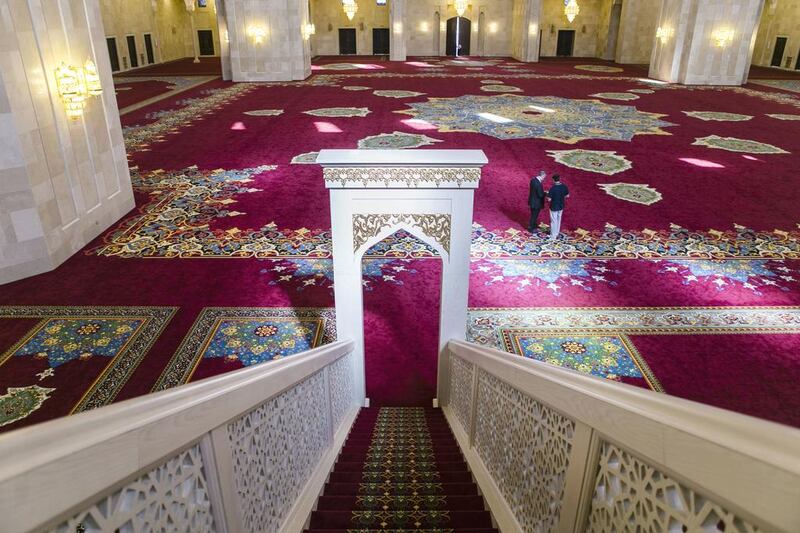The emirate is home to the oldest and the newest mosque in the country with the completion of the Sheikh Zayed Mosque. Drawing on Istanbul's Blue Mosque in its design, it is a beautiful and unique place of worship.
After six centuries, tiny Al Bidya Mosque has earned the title of the country’s oldest working mosque. In a few months, visitors to Fujairah will also be able to go to the newest, and one of the most spectacular, places of worship.
Named in honour of the Founding Father of the UAE, this Sheikh Zayed Mosque is second in size only to the Grand Mosque in Abu Dhabi.
Its design is likely to become as familiar and as loved as its namesake in the capital, drawing on Istanbul’s famous Sultan Ahmed Mosque, better known as the Blue Mosque after the tiles that cover its interior.
Ten years in the planning and funded by President Sheikh Khalifa, construction of the Dh200 million mosque was given to a team from Mabani Engineering Consulting, under the Government of Fujairah and the Ministry of Public Works.
The company was given 700 days to complete the project.
Sheikh Hamad bin Mohammed Al Sharqi, Ruler of Fujairah, also played a key role in its design.
“When we took over the project, we proposed several designs to Sheikh Hamad,” says Hesham Amin, managing director of Mabani.
Some of those early sketches included a main dome in the middle, two main needle-like minarets, a central court and a sunken garden set against the backdrop of the mosque.
“Things got smoother under the instruction of the Ruler,” says Mr Amin.
Sheikh Hamad was familiar with the splendour of Istanbul’s Blue Mosque, built nearly 200 years after the earlier estimated date for Al Bidya Mosque.
The Ruler wanted a building that would be as impressive on the Fujairah city skyline as the Blue Mosque is for Istanbul.
Like the famous mosque on the banks of the Bosphorus, the Sheikh Zayed Mosque features six minarets and a large enclosed courtyard. But appearances can be deceptive.
“Even though the facade of the mosque looks like the one in Istanbul, we added some modern twists,” says Mr Amin.
“We did not rely heavily on handcrafted work, to cut down the budget.”
Instead, the design is a fusion of Arabic, Ottoman and modern elements, with about 600 workers involved in its construction. The imposing result is impossible to miss, towering above the other buildings in its neighbourhood and next to the Dibba roundabout.
Each of the four main minarets, designed in classic Ottoman needle style, is 100 metres tall, while the remaining two, on the corners of the courtyard, are 84m high.
The mosque has 65 domes, including a main dome. It can welcome up to 28,000 worshippers.
The interior of the Sheikh Zayed Mosque is also very different to the Turkish original, whose name is derived from thousands of blue Iznik tiles. In Fujairah, the walls of the main entrance are exquisitely decorated with verses from the Quran, intended to rejuvenate the souls of worshippers.
The carpet in the main prayer hall resembles a garden filled with many flowers.
Unlike the carpet at the Grand Mosque in Abu Dhabi, which was hand woven in a single piece, considered the largest in the world, the carpet in Fujairah was assembled in several sections.
“You have to look closely to see the cutting,” says Mr Amin. There are lines in the carpet to help worshippers stand in line during prayers.
“Sheikh Hamad didn’t want heavy decoration which would distract the faithful while standing in prayer. Our materials come from places like Syria, Palestine and Egypt.”
All the chandeliers were imported from Egypt. In the main prayer hall, a splendid chandelier hung in the centre retains the symmetry of its shape no matter from which angle it is viewed.
For the upper levels of the interior, red and gold colours were used, chosen by Sheikh Hamad for their association with royalty.
The design also incorporated Moorish arches and the environment resembles that of the Great Mosque-Cathedral of Cordoba in Spain. Many windows features stained glass.
The basement houses more than 200 stations for ablution. It also leads to the spacious female prayer hall, which can accommodate 2,500 women,
The mosque opened its doors for the first time last month, for Eid Al Adha prayers which were led by Sheikh Hamad and drew worshippers from across the UAE.
“We were given 700 days to complete the project and we almost finished it within the appointed time,” says Mr Amin.
“Now the remaining part is the garden and 3,000 parking spaces.”
Fujairah is already home to more than 290 mosques, but it is the oldest and the newest that have earned them a special place in the story of the UAE.
aalhameli@thenational.ae
